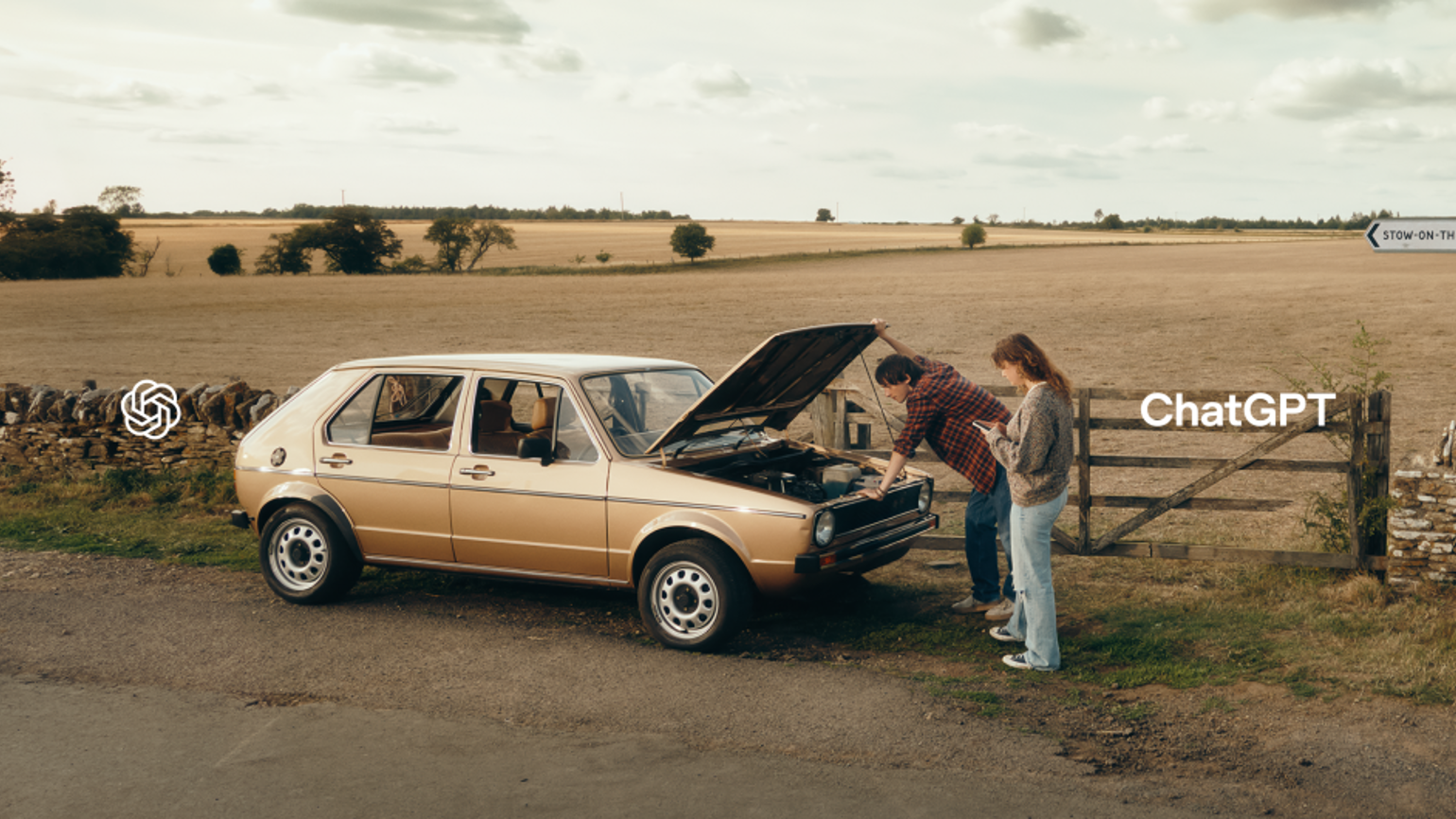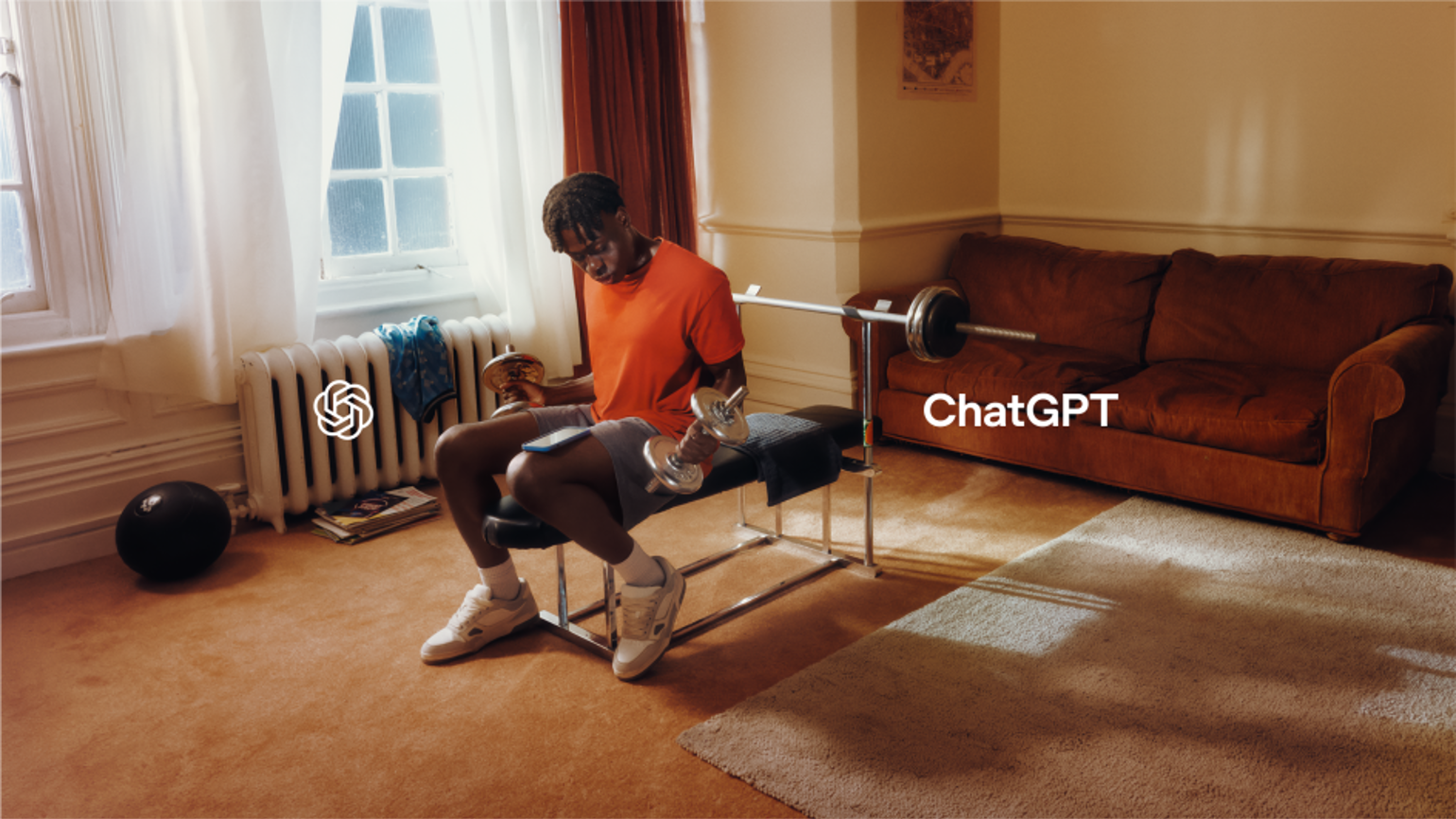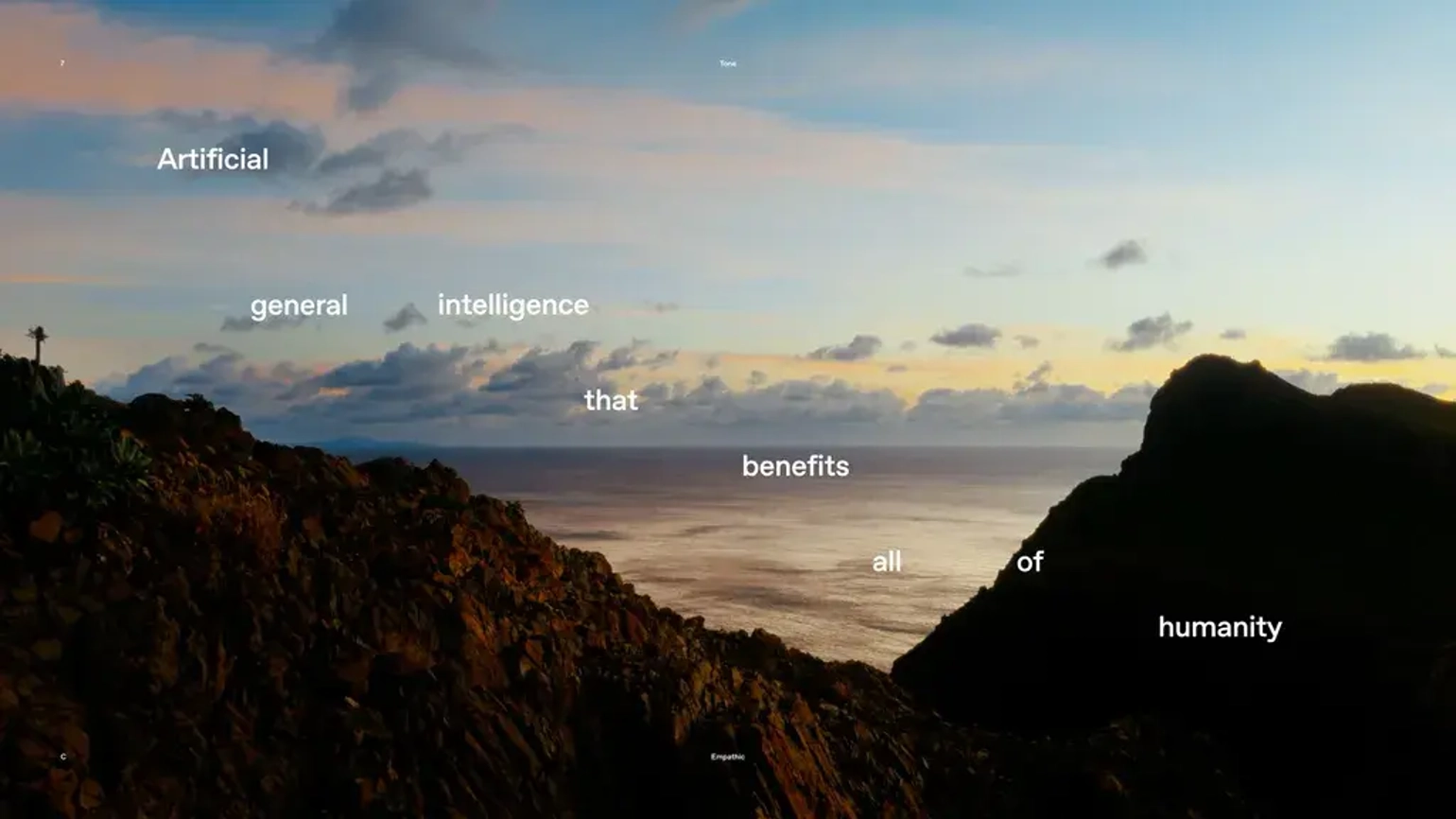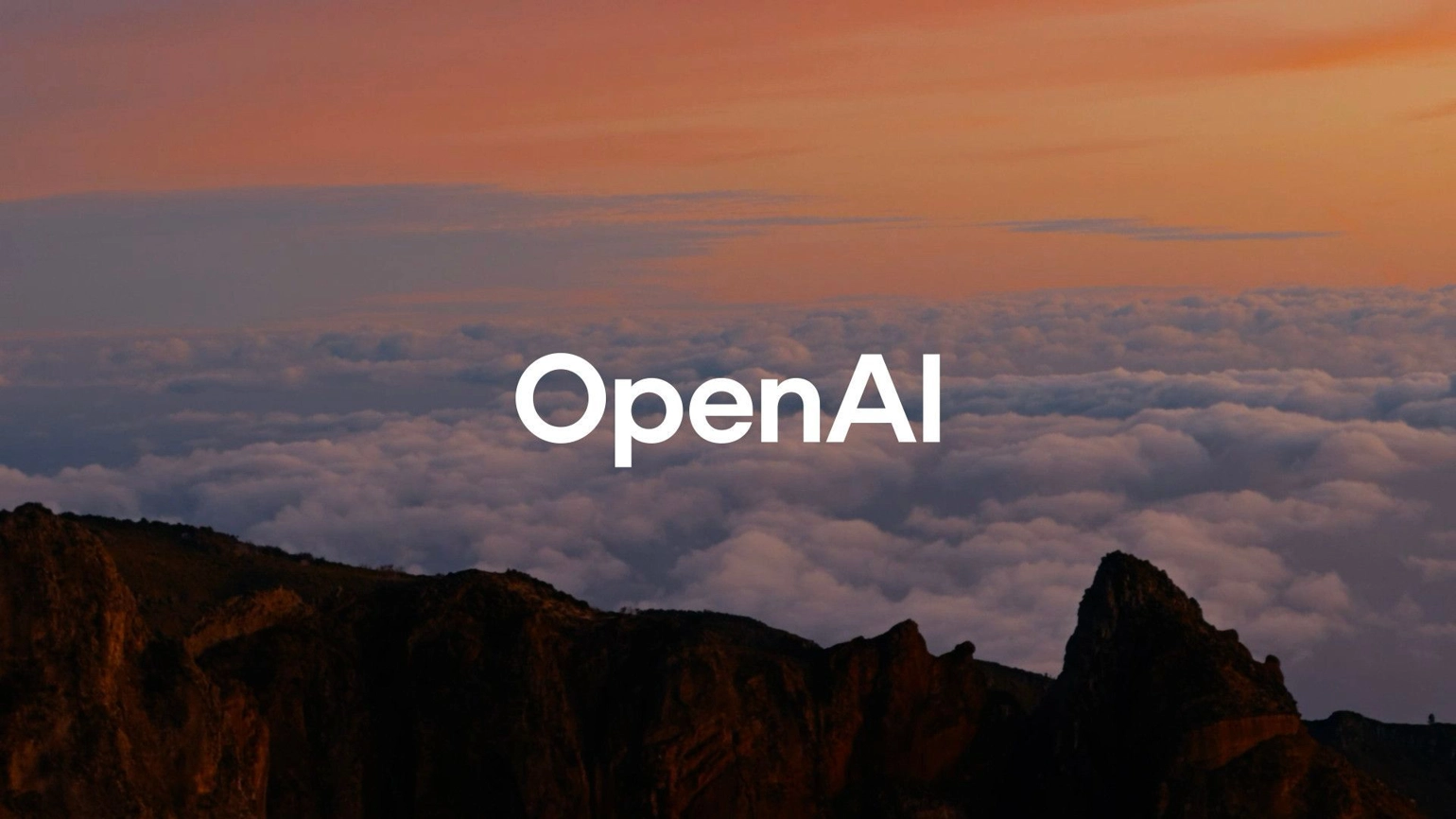Return to journal
How AI’s rapid rise is giving way to a renaissance in human experience
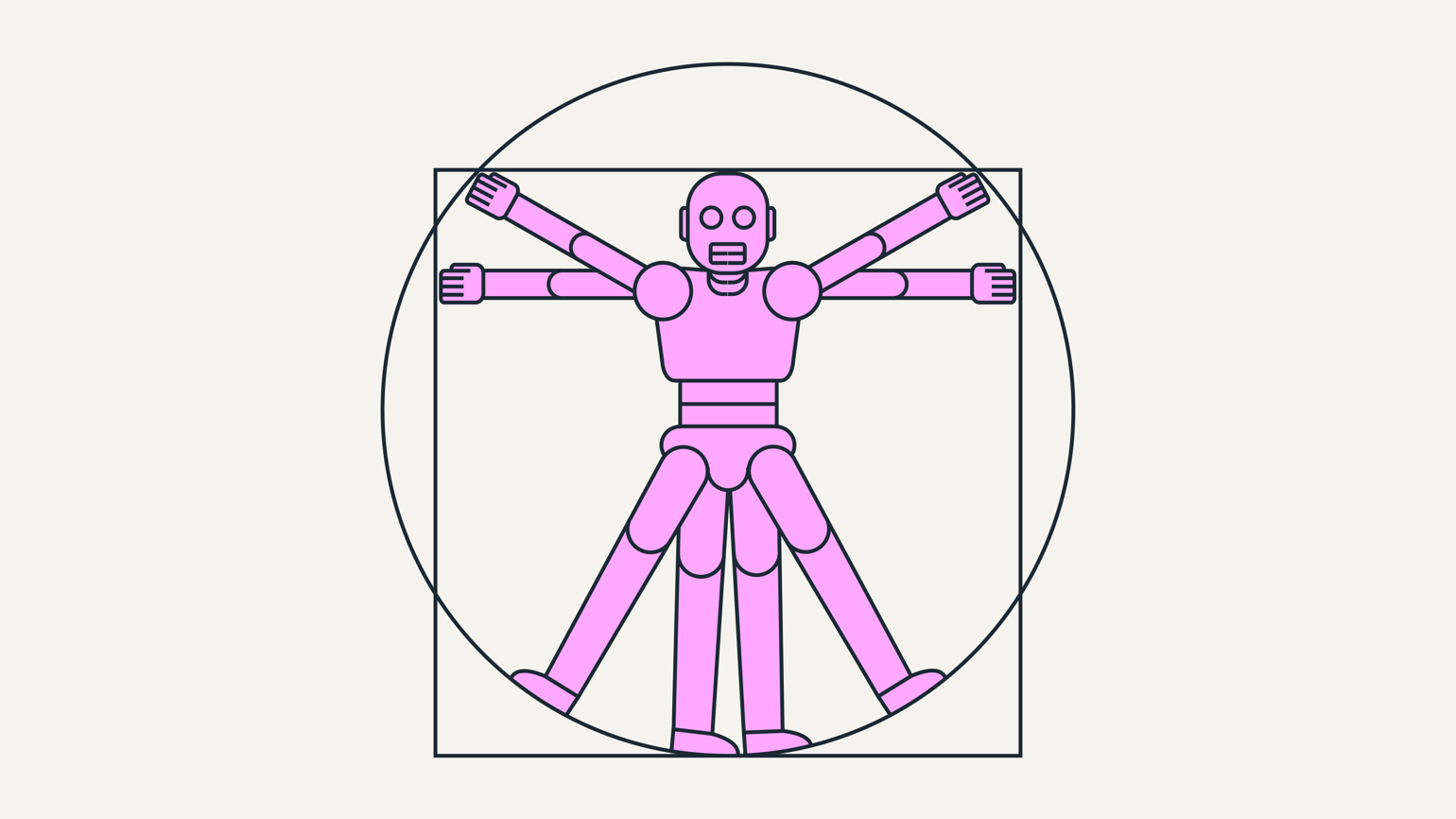
Oxford’s Word of the Year wasn’t what you might expect. Instead of “adaptability” or “resilience” to reflect an ongoing period of instability, something far more unsettling was chosen: ‘Brain Rot’:
“(n.) Supposed deterioration of a person’s mental or intellectual state, especially viewed as a result of overconsumption of material (now particularly online content) considered to be trivial or unchallenging.”
Yikes, that really does sound the alarm!
Brain rot isn’t just a cultural curiosity, it’s a collective diagnosis. It names what we’ve been experiencing but struggling to articulate: the cognitive fog, the diminished attention spans, the sense that we’re consuming more but thinking less.
And just as we’re diagnosing our digital exhaustion, we’ve welcomed an even more powerful force into our lives. By July 2025, 700 million users were sending 18 billion messages into ChatGPT each week – a staggering testament to AI’s rapid mainstream adoption.
We’re standing at a peculiar crossroads: simultaneously recognising the cognitive costs of digital overconsumption while diving deeper into the wonderous possibilities of artificial intelligence.
A quiet rebellion is brewing…
With AI poised to takeover, a paradoxical shift in human behaviour is underway.
-
38% embrace JOMO (joy of missing out on technology).
-
42% said their most enjoyable experience in the past week was a physical one.
-
47% are spending more time with friends in real life.
-
48% are spending more time in nature.
Society isn’t abandoning the digital world – we’re renegotiating the terms of engagement. Drawing boundaries, reclaiming attention spans, and rediscovering tangible experience.
The opportunity for brands
As consumers seek rebalance between the artificial and the authentic, brands that root themselves firmly in the real world will cut through the noise.
This isn’t about adding in more digital layers such as greater personalisation and algorithmic recommendations. It’s in offering something increasingly rare: genuine human connection.
Tapping into the essence of what makes people, people – the messy, complex realm of human emotion. It’s the difference between a chatbot interaction and a moment that moves you.
An unexpected example is leading the charge
The most compelling example comes from an unlikely and ironic source: the protagonist of artificial intelligence itself, OpenAI.
Their recent (and first every) campaign sidesteps the grand futurism you might expect with the ChatGPT creator. Instead, choosing something more intimate: the tiny, human moments acting as our emotional hook.
These seemingly mundane, but meaningful scenes, such as cooking for a date or training to do pull-ups, are easily recognisable in the minds of the viewer.
These aren’t product demonstrations, but mini-movie climaxes. Viewers see their own experiences reflected back – the anxiety, the ambition, the small triumphs that define our days.
The genius lies not in showcasing what AI can do, but in how it makes people feel.
This is all underpinned by their recent rebrand. Gone is the cold aesthetic of futuristic precision. In its place, watercolour forms that bleed and blend, atmospheric visuals, sunset horizons glowing with warmth. A visual language that whispers to our innate human senses.
OpenAI’s pivot is remarkably astute. At the very moment “brain rot” enters our vocabulary, the AI startup anchors itself not in technological superiority, but in emotional authenticity.
It’s a masterclass in reading the cultural moment. When everyone races towards AI spectacle, OpenAI steps back towards humanity.
From diagnosis to action: 3 recommendations to get ahead of this shift
-
Your competitive edge is your people, not products. Cutting through the fluff of ‘proprietary technology’ and ‘sophisticated algorithms’ with something uncopyable: the deep expertise of your people.
-
Let warmth replace cold minimalism. After years of catering to 2D digital environments, human design is back. Texture, tactility and organic forms create sensory enriching brand personalities in an increasingly artificial world.
-
Cut through with human stories. As audiences tire of the artificial, brands that ground their storytelling in genuine human experience will make people feel, not just notice.

